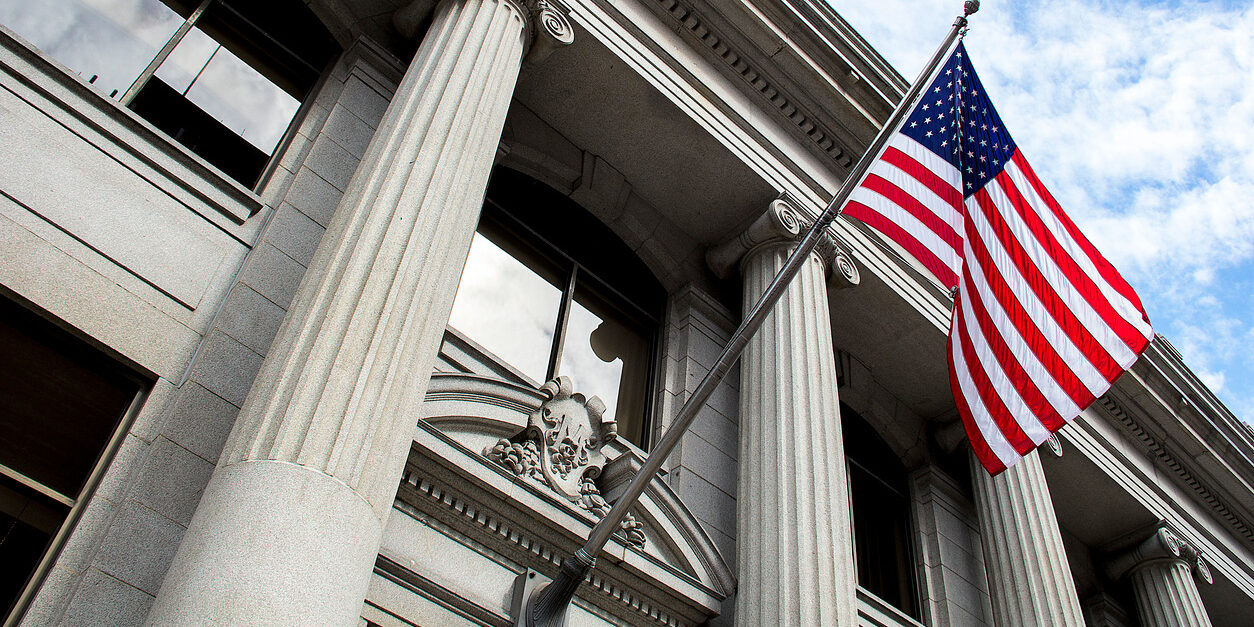Court hearings have changed dramatically since I first started doing them decades ago. In those days, your hearing was conducted in hearing offices called the Office of Hearings and Appeal, a name changed at great cost and for no purpose a number of times since.
The participants in a court hearing have not changed much though. At all hearings there is an Administrative Law Judge. The ALJ was supposed to be assigned randomly to your case and I have rarely heard anyone dispute that cases are assigned that way. The one time that cases were illegally assigned occurred was when a lawyer in Kentucky, now in federal prison, conspired with an ALJ to have cases assigned exclusively to that judge. Usually there is a clerical employee who records the hearing. There were no court reporters as they are much too expensive. The other participants are the claimant who is allowed to testify (though not required to do so), the representative and at times other witnesses.
The other witnesses are usually brought by the ALJ. At almost every hearing there is a vocational expert, a person who testifies as to how many jobs exist under certain hypothetical questions asked by the ALJ and the representative. Sometimes there are other lay witnesses – a spouse might testify as to problems the claimant might be having in the house with activities of daily living. Sometimes a doctor might testify on behalf of the claimant or at the request of the ALJ.
Hearings are covered by the Federal Privacy Act which means they are not public. No one is allowed into the room unless the ALJ and the claimant consent. Everything about the proceeding is confidential. There is no right of anyone to find out about anything that happens at a hearing including even the name of the claimant.
COVID dramatically changed how court hearings are held. The physical format of the hearing has changed. Since COVID, the government has dramatically changed how many hearings are done in person versus how many are done by video or even by phone. Before COVID, there was no such thing as a phone hearing, and you had the absolute right to reject any video hearing. You were entitled to be heard in person. It is still an option, and many hearings are once again in person, but video and telephone hearings are quite common.
Having a hearing in person is better. Unfortunately, post COVID, it is much slower. To get a scheduled hearing in person means you may have to wait longer; sometimes the wait can be 6 or 7 months longer. It is hard for me to tell a client to wait for 6 or 7 months for an in-person hearing when you can have your hearing by video or even by phone in a few weeks.
A phone hearing is not ideal but if you have a compelling case, it can often times be preferable to waiting extra months for a live hearing to be scheduled. It can also be a better choice if travelling to a hearing location will be difficult for you because of your condition. One expects that videos will be the most common way of hearing cases in the future. In some way it reflects the entire system. Current appointees as ALJs are less likely to have been in private practice or had clients or even appeared in court. It used to be most Administrative Law Judges were practicing lawyers before being appointed. Most were litigation lawyers who had represented claimants at trials or at hearings before. Now many of the newly hired ALJs are former government law clerks. Some have never had a client and have never appeared in court. Of course, this was also true of some of the recent appointees to the federal bench who nevertheless were confirmed.
The hearing will begin with the ALJ asking the advocate, or the claimant if he is foolishly unrepresented, whether he objects to the exhibits in the file. There are no paper exhibits anymore – everything is electronic, and the claimant can be given a CD of the exhibits before the hearing begins. The ALJ will then swear in the claimant and ask questions though some allow the representative to ask his client questions first. Whenever the ALJ is finished, the claimant’s advocate can then question the claimant. After he testifies other witnesses such as a vocational expert will be sworn and testify. He will be asked questions by the ALJ and the claimant’s representative. After the oral testimony is over, the case is adjourned, and a decision is issued in writing some weeks later.
Does it matter if the hearing is in person or by video? I think claimants are happier if they can see the ALJ but is it worth waiting weeks or months for a in person hearing? I doubt that. But it remains up to the claimant. We will ask you what your preference is, but everyone has waited so long to get to this crucial stage that almost all my clients prefer a sooner video or telephone hearing to a months later in person hearing.
If you have any questions related to a court hearing, do not hesitate to contact us.






